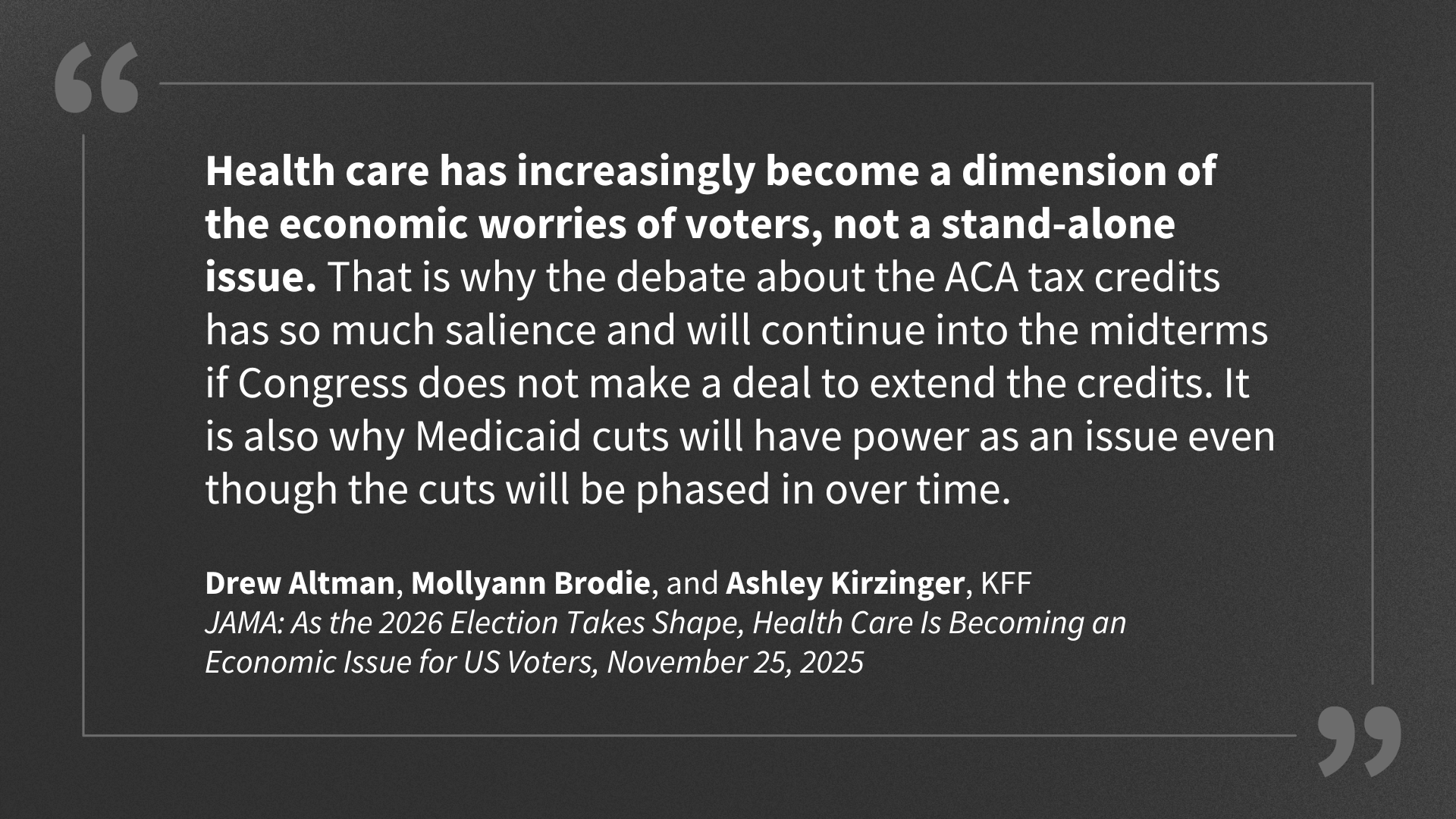Under a final rule issued by the Centers for Medicare and Medicaid Services, outpatient hospital facilities and ambulatory surgical centers will get a 2.9% Medicare pay increase next year, up from the 2.6% boost in reimbursement that was floated in the draft rule.
The Calendar Year 2025 Outpatient Prospective Payment System (OPPS) and ASC Payment Systems final rule updates payment rates for hospital outpatient and ASC services for CY 2025 by 2.9% (3.4% market basket, less 0.5 percentage points for multifactor productivity). These payment updates are estimated to result in an additional $2.2 billion in OPPS payments for hospitals compared to 2024, CMS said in a press release issued Friday.
These payment policies affect approximately 3,500 hospitals and approximately 6,100 ASCs.
CMS released a fact sheet outlining the provisions of the rule.
ASC rates for the upcoming calendar year land at 2.9%, reflecting a projected hospital market basket percentage increase of 3.4% reduced by a 0.5 percentage point productivity adjustment. 2025 is slated to be the last year with a productivity adjustment for ASCs.
The final rule also includes several provisions to improve obstetrical services, quality reporting and care access. CMS updated Conditions of Participation (CoP) for hospitals and critical access hospitals related to obstetrical services. The new maternal care measures set baseline standards for the organization, staffing, and delivery of care within obstetrical units, update the quality assessment and performance improvement (QAPI) program, and require staff training on evidence-based maternal health practices, according to CMS.
Under new staffing requirements, obstetrical patient care units must be supervised by a registered nurse (RN), certified midwife, nurse practitioner physician assistant, or Doctor of Medicine or osteopathy with the necessary training.
CMS also is requiring facilities to keep basic equipment for treating OB cases readily available for treating OB cases, have written policies for transferring patients and conduct at least one performance improvement project a year.
Based on industry feedback about the burden of implementing the new requirements, CMS plans to phase-in the new measures, the agency said, and will provide additional clarity on the standards.
“CMS is committed to addressing our nation’s maternity care crisis. Today, we are establishing the first-ever maternal health and safety standards for hospitals,” said CMS Administrator Chiquita Brooks-LaSure in a statement. “Additionally, the CY 2025 hospital Outpatient Prospective Payment System final rule expands access to behavioral health services, increases access to certain high-cost drugs for those facing cancer in tribal communities, and addresses barriers to Medicare coverage for those formerly incarcerated.”
As with the proposed rule after it was released in July, the American Hospital Association (AHA) criticized what it called “inadequate payments” for hospital services.
“Medicare’s sustained and substantial underpayment of hospitals has stretched for almost two decades, and today’s final outpatient rule only worsens this chronic problem,” Ashley Thompson, senior vice president, public policy analysis and development at the AHA, said in a statement issued Friday. “The agency’s final increase of less than 3% for outpatient hospital services will make the provision of care, investments in the health care workforce, and addressing new challenges, such as cybersecurity threats, more difficult. These inadequate payments will have a negative impact on patient access to care, especially in rural and underserved communities nationwide.”
Hospital group purchasing organization Premier also pushed back on the payment rule.
“Premier is profoundly disappointed that the Centers for Medicare & Medicaid Services’ (CMS) latest updates to the calendar year (CY) 2025 payment rules will further widen the gap between Medicare reimbursements and the actual operational costs healthcare providers shoulder daily. Providers are grappling with rising inflation, labor shortages and the demands of an aging population—challenges CMS fails to adequately address,” said Soumi Saha, senior vice president, public affairs at Premier, in a statement. “This update misses the mark, failing to recognize the real cost pressures providers face—particularly labor. It’s time CMS adopted more realistic methodologies and data sources to keep up with these escalating challenges.”
Saha added, “If CMS continues to implement payment updates of this nature, the future of American healthcare will be jeopardized.”
The AHA criticized some provisions of the maternal care Conditions of Participation.
“While we appreciate that the final rule provides hospitals with additional implementation time and greater flexibility in how they meet certain requirements, we remain concerned about CMS’ excessive use of Conditions of Participation to drive its policy agenda and the potential risk for these requirements to inadvertently reduce access to maternal care,” AHA’s Thompson said in a statement. “We believe a less punitive and more collaborative approach would be more effective given that the key drivers of maternal health outcomes are highly complex and involve multiple stakeholders. The AHA remains committed to working with the Administration and other stakeholders to advance a full range of solutions to improve maternal outcomes.”
Under the final rule, CMS also implemented measures to address health disparities, expand access to behavioral health care and promote safe, effective, and patient-centered care.
CMS updated Medicare payment rates for intensive outpatient program services for psychiatric care furnished in hospital outpatient departments and community mental health centers. The agency set up a per diem reimbursement model.
The rule increases payments for certain non-opioid drugs and medical devices for pain relief to help reduce opioid usage. Medicare also will make an additional payment for Indian Health Services (IHS) and tribal hospital outpatient departments to increase access to high-cost drugs, such as those involved in treating cancer.
The rule also expands access to care for those formerly incarcerated.
Publisher: Source link









